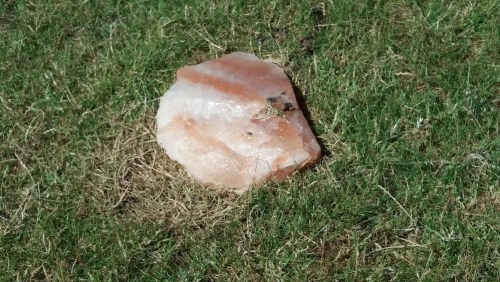The threshold for how many places you need to generate ley-lines is surprisingly low. As computers became powerful enough to demonstrate this for mundane sites (like public toilets or pizza restaurants) mainstream ley line research died away. What remained of the subject was absorbed into new age thought, where the burdens of proof were lower.
Back in lockdown 3, I walked along a ‘synthetic ley’, the major north/south alignment of Brighton pubs. If you chart the lines between pubs, there is a large number of east-west alignments parallel to the seafront. Which makes sense, given that you would expect the town’s pubs would to be placed along the seafront and the main coast roads. There is however, one line which strikes roughly northwest, beginning at the Pull and Pump, then heading via the Bear Inn to the Swan in Falmer.

There was obviously no question of this line being constructed intentionally. Despite that, following the line threw up a number of synchronicities ands strangeness that would have strongly corroborated a line made of more ancient sites. It was a surprising result.
The first few sections were nothing special and I wondered if this was a waste of time. Ben pointed out the pub that hosted an early Festival 23 event, and the one where he first read poetry. They were some way off the line, however, even if they looked closer in real life than on the map.
Things became more interesting as we reached the North Laine. The line passed through the Prince Albert, one of Brighton’s most iconic pubs. From there, it entered the office block complex opposite, directly through a desk I’d worked at. An even bigger surprise came on the other side of these offices. The ley intersects the Brighton stone circle twice, but it actually passed through the 39th stone. A little later on it passed through a house I used to live in.
As well as personal resonances, there was the fact that the line passed through the Druid’s Head pub, perhaps hinting at where this line might have emerged? I’d not even realised that the Druid’s head was on the line – possibly it was closed when the dataset I had was generated. And then there were references to stellar alignments in the Bear and Swan pubs, referencing their respective constellation.
As a ley line, the Brighton Pub Ley is obviously just a matter of chance. Despite that, it was still deeply meaningful, on a personal level and a wider one. The experiment of creating this ley suggests that interesting work can be done using public GIS data and the right scripts to develop interesting, meaningful lines in any city.



























